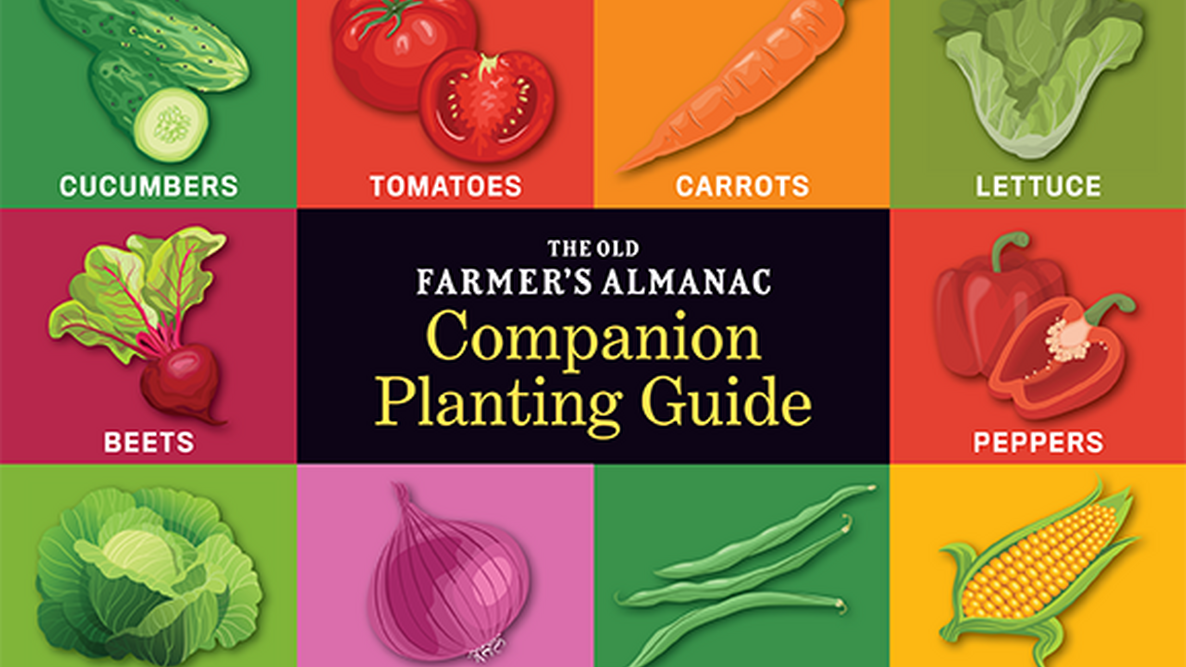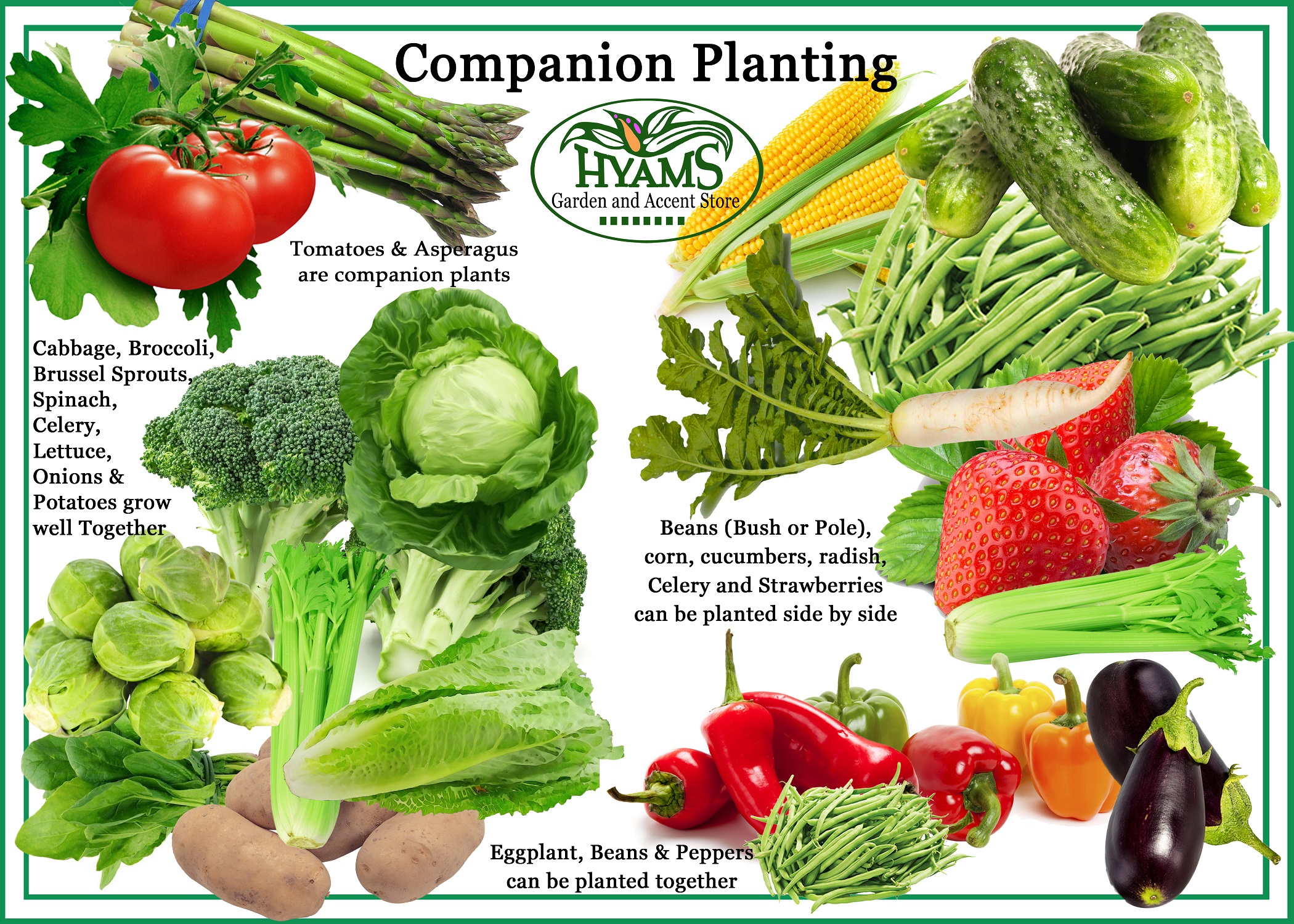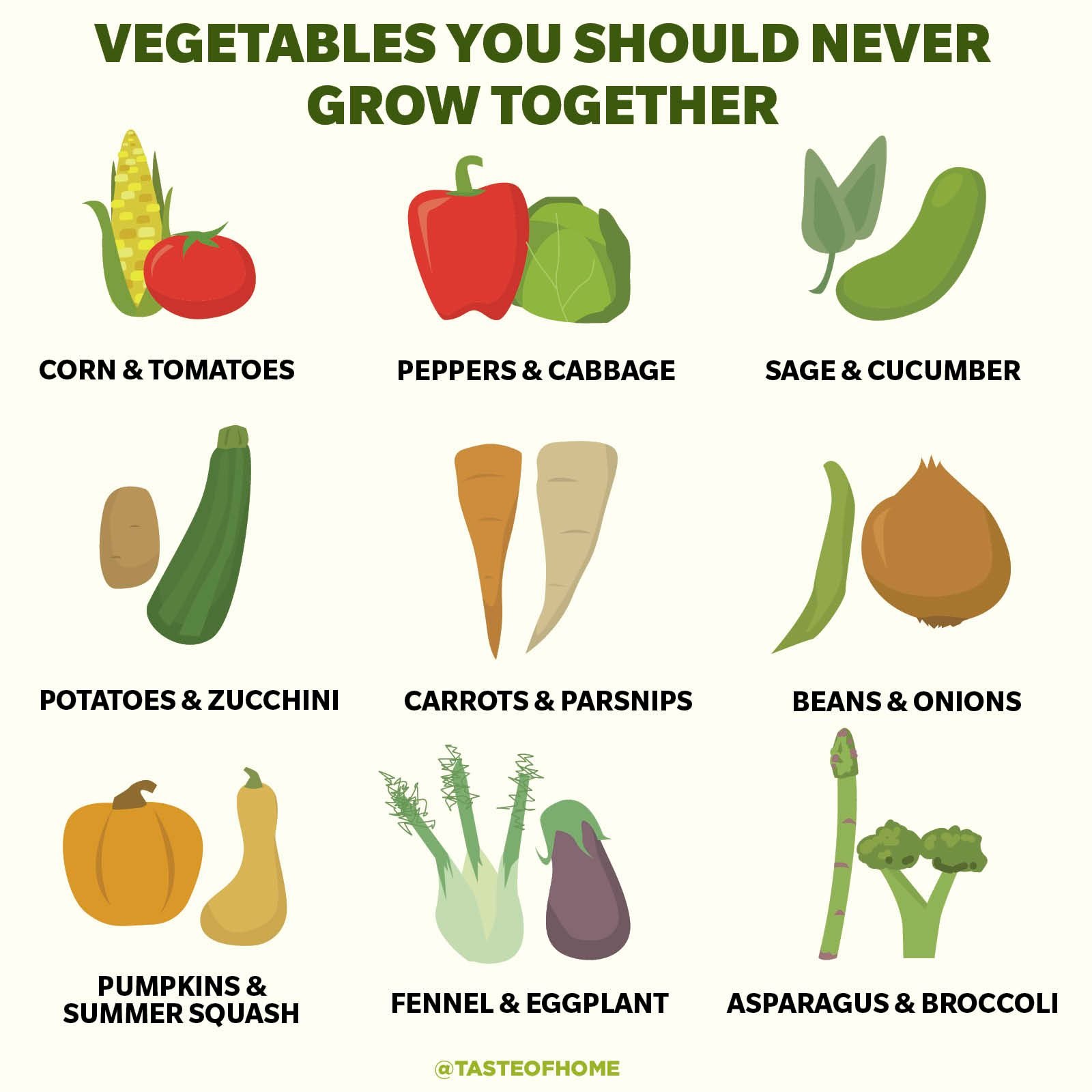Vegetables That Can Grow Together And Thrive
Vegetables That Can Grow Together and Thrive
Growing vegetables can be a rewarding experience, but it can also be a lot of work. One way to make gardening easier and more productive is to practice companion planting. Companion planting is the practice of planting certain vegetables together because they benefit each other in some way. For example, some vegetables attract beneficial insects that help to control pests, while others improve the soil quality or provide shade.
There are many different ways to companion plant, but some of the most common pairings include:
- Beans and corn: Beans fix nitrogen in the soil, which benefits the corn. The corn provides support for the beans to climb.
- Carrots and onions: Carrots and onions repel each other's pests.
- Cucumbers and melons: Cucumbers and melons benefit from the shade of taller plants, such as corn or tomatoes.
- Lettuce and tomatoes: Lettuce shades the soil around tomatoes, which helps to keep the soil cool and moist.
- Marigolds and tomatoes: Marigolds repel nematodes, which can damage tomato plants.
When companion planting, it is important to consider the size and growth habits of the plants you are pairing. For example, you would not want to plant a tall plant like corn next to a short plant like lettuce, as the corn would shade out the lettuce. You should also consider the climate and soil conditions in your area. Some plants prefer full sun, while others prefer partial shade. Some plants prefer well-drained soil, while others prefer moist soil.
If you are new to companion planting, it is a good idea to consult a companion planting chart. These charts can help you to choose the right plants to pair together. You can find companion planting charts online or at your local garden center.
Here are some additional tips for companion planting:
- Plant taller plants in the back of your garden and shorter plants in the front. This will help to create a more balanced and attractive garden.
- Group plants together according to their water needs. This will help you to water your garden more efficiently.
- Mulch around your plants to help to retain moisture and suppress weeds.
- Rotate your crops each year. This will help to prevent pests and diseases from building up in the soil.
With a little planning, companion planting can help you to grow a healthy and productive garden.
Vegetables that grow well together
When planning your vegetable garden, it's important to consider which vegetables grow well together. Some vegetables attract pests or diseases that can harm other plants, while others can help to deter pests or improve the flavor of nearby plants.
Here are a few examples of vegetables that grow well together:
- Basil and tomatoes: Basil helps to repel tomato hornworms and improve the flavor of tomatoes.
- Radishes and lettuce: Radishes mature quickly, so you can plant them alongside lettuce and harvest the radishes before they crowd out the lettuce.
- Peas and carrots: Peas fix nitrogen in the soil, which benefits carrots.
- Pumpkins or squash and corn: These plants can be grown together to create a "three sisters" garden. The corn provides support for the beans, the beans fix nitrogen in the soil, and the squash shades the soil to help retain moisture.
- Beets and onions: These plants have different water needs, so they can be planted together without competing for water.
For more information about vegetables that grow well together, please visit Gardenia Inspiration. This website has a comprehensive chart of companion plantings, as well as tips for planting and caring for your vegetable garden.
FAQ of vegetables that can grow together
- What are some vegetables that can grow together?
There are many vegetables that can grow together. Some popular combinations include:
* Carrots and tomatoes: These vegetables have different nutrient requirements, so they won't compete for nutrients in the soil. Carrots also help to deter pests from tomatoes.
* Lettuce and spinach: These leafy greens have similar growing conditions and can be planted close together. They also provide shade for each other, which can help to prevent them from bolting (going to seed prematurely).
* Peas and beans: These legumes fix nitrogen in the soil, which can benefit other plants in the garden. They also help to suppress weeds.
* Cucumbers and squash: These vining plants can be grown together on a trellis or fence. They require similar amounts of water and sunlight, and they can help to shade the ground, which can help to prevent weeds.
* Potatoes and tomatoes: These vegetables can be grown together in the same bed, but they should be planted in separate rows. Potatoes should be planted first, as they take longer to mature. Tomatoes should be planted 2-3 weeks later, once the potatoes have started to grow.
- How do I know which vegetables can grow together?
There are a few things you can look for when choosing vegetables to grow together. First, consider their growing conditions. Do they need the same amount of sunlight, water, and nutrients? Second, think about their growth habits. Do they spread out or grow tall? If you plant two vegetables that have different growth habits, they won't compete for space. Finally, consider their pest and disease resistance. Some vegetables are more susceptible to certain pests and diseases than others. By planting vegetables that are resistant to the same pests and diseases, you can help to protect your garden from problems.
- Do I need to plant vegetables in pairs?
No, you don't need to plant vegetables in pairs. However, planting vegetables that complement each other can help to improve your garden's productivity. For example, planting carrots and tomatoes together can help to deter pests from tomatoes. Planting lettuce and spinach together can help to prevent them from bolting. And planting peas and beans together can help to suppress weeds.
- What are some of the benefits of companion planting?
There are many benefits to companion planting. Some of the most common benefits include:
* Improved pollination: Some plants attract beneficial insects that help to pollinate other plants. For example, planting flowering herbs like lavender and chamomile near vegetables can help to improve pollination and fruit production.
* Disease and pest control: Some plants can help to repel pests and diseases. For example, planting marigolds near tomatoes can help to deter tomato hornworms. And planting garlic near cabbages can help to repel cabbage moths.
* Reduced weed growth: Some plants can help to suppress weed growth. For example, planting beans and peas can help to shade the ground, which can help to prevent weeds from growing.
* Increased nutrient availability: Some plants can help to improve the nutrient availability in the soil. For example, planting legumes like peas and beans can help to fix nitrogen in the soil, which can benefit other plants in the garden.
- Where can I find more information about companion planting?
There are many resources available to help you learn more about companion planting. Some of the most helpful resources include:
* The Vegetable Garden Primer by Mel Bartholomew
* Carrots Love Tomatoes: Secrets of Companion Planting by Louise Riotte
* The Companion Planting Handbook by Susan Bethenny
* The Vegetable Garden Planner by Lee Reich
* The New American Vegetable Garden by Eliot Coleman
Image of vegetables that can grow together
- Carrots and tomatoes: Carrots and tomatoes can grow well together because they have different nutrient requirements. Carrots prefer cooler soil, while tomatoes prefer warmer soil. This means that they will not compete for the same resources. Additionally, the leaves of carrots help to suppress weeds, which can help to protect the tomatoes from pests and diseases.

- Lettuce and spinach: Lettuce and spinach are both leafy greens that can be planted together. They have similar nutrient requirements and grow well in the same conditions. Additionally, lettuce can help to shade the spinach, which can help to prevent it from bolting (flowering prematurely).

- Beans and corn: Beans and corn are a classic companion planting. Beans fix nitrogen in the soil, which benefits the corn. Corn provides shade for the beans, which helps to prevent them from getting too hot.

- Peas and carrots: Peas and carrots can also be planted together. Peas help to improve the soil aeration, which benefits the carrots. Carrots help to suppress weeds, which can help to protect the peas from pests and diseases.

- Cucumbers and squash: Cucumbers and squash can be planted together because they have similar growing requirements. They both need full sun and well-drained soil. Additionally, the leaves of cucumbers can help to shade the squash, which can help to prevent it from getting too hot.

Post a Comment for " Vegetables That Can Grow Together And Thrive"